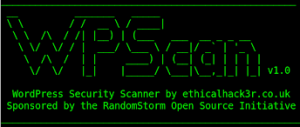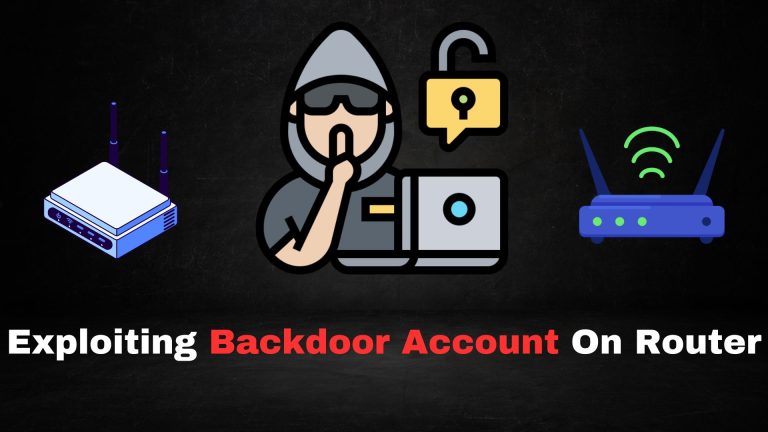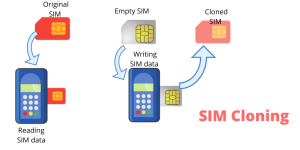
The internet is vast, and much of it remains hidden from our daily browsing experience. Most people are familiar with the surface web — the websites that can be accessed through standard search engines like Google, Bing, or Yahoo. However, there are vast, mysterious parts of the internet that go beyond what we commonly see and use. These hidden layers are known as the Deep Web and the Dark Web.
In this comprehensive guide, we will explore the differences between the Surface Web, Deep Web, and Dark Web, how they work, and their unique characteristics. We’ll also discuss the security and privacy risks associated with these areas of the internet and why it’s crucial to understand them.
What is the Surface Web?
The Surface Web is the part of the internet that most users interact with on a daily basis. It consists of all publicly accessible websites and pages indexed by search engines like Google, Bing, and Yahoo. These are the websites you visit when you search for something online, read news, check social media, shop online, or access streaming platforms like Netflix or YouTube.
- Characteristics:
- Indexed by Search Engines: Websites in the surface web can be found by search engines and are generally accessible to anyone with an internet connection.
- Public Content: The content is openly available to the public, and most websites do not require any special permissions or software to access.
- Security and Privacy: While the surface web offers convenience, it is also a hotspot for cyberattacks, phishing, and data breaches, so it’s essential to use protective measures like firewalls, antivirus software, and encrypted connections.
- Examples of Surface Web:
- Websites like Amazon, Facebook, Twitter, Wikipedia, BBC, and other mainstream services.
What is the Deep Web?
The Deep Web refers to any part of the internet that is not indexed by traditional search engines. Unlike the surface web, the deep web is not visible to the average user, but it is not illegal or malicious by nature. A vast majority of the content in the deep web consists of personal, academic, and business information that is hidden from search engines for privacy and security reasons.
- Characteristics:
- Not Indexed by Search Engines: Websites on the deep web are not searchable using conventional search engines, making them more private and secure.
- Private and Secure: These pages may require passwords, special software, or a login to access, which helps to protect sensitive data. Common deep web sites include online banking portals, email inboxes, cloud storage, and private databases.
- Legitimate Content: A large portion of the deep web is made up of legitimate content that people want to keep private, such as confidential business records, academic research, medical data, and legal documents.
- Examples of Deep Web:
- Online banking services (e.g., PayPal, personal banking apps)
- Private cloud storage (e.g., Google Drive, Dropbox)
- Email services (e.g., Gmail, private email providers)
- Academic and research databases (e.g., JSTOR, academic journal archives)
- Medical records (e.g., patient databases)
What is the Dark Web?
The Dark Web is a small portion of the Deep Web that has gained notoriety for its illegal activities. It is intentionally hidden and can only be accessed through special tools and browsers, such as Tor (The Onion Router). The dark web is often associated with illicit activities like drug trafficking, illegal arms sales, human trafficking, hacking services, and other criminal enterprises. However, not all activity on the dark web is illegal; it is also used for privacy-conscious users, including whistleblowers, journalists, and activists operating in oppressive regimes.
- Characteristics:
- Requires Special Software: The dark web is not accessible through standard browsers like Chrome, Firefox, or Safari. To access it, users need specialized software such as Tor or I2P.
- Anonymity: The dark web provides a high degree of anonymity, making it difficult to trace users’ activities. This anonymity can attract both legal and illegal activity.
- Encrypted and Hidden: Websites on the dark web often have “.onion” domain extensions and are not indexed by search engines, keeping their location hidden from the general public.
- Examples of Dark Web:
- Hidden marketplaces for illicit goods and services.
- Whistleblower platforms like SecureDrop, where journalists and activists can communicate securely.
- Private forums for discussions that may be censored or illegal in certain regions.
Key Differences Between the Surface Web, Deep Web, and Dark Web
| Category | Surface Web | Deep Web | Dark Web |
|---|---|---|---|
| Access | Accessible with standard search engines | Requires specific permissions or software | Requires special tools like Tor or I2P |
| Visibility | Publicly visible | Not indexed by traditional search engines | Hidden and encrypted, usually requires .onion URLs |
| Content | Websites like news, social media, etc. | Private accounts, databases, medical records | Illegal activities, encrypted communications |
| Security | Commonly attacked, standard security | Often secure and private | High anonymity but may attract illicit activity |
| Legality | Completely legal | Completely legal | Contains both legal and illegal activities |
Risks and Concerns of the Deep Web and Dark Web
While the surface web is relatively safe to navigate for most users, the deep web and dark web carry certain risks, especially if you don’t take necessary precautions:
- Exposure to Illegal Activities: The dark web, in particular, hosts illegal activities such as human trafficking, weapons sales, and hacking forums.
- Cyberattacks and Malware: The dark web is a breeding ground for malicious software and exploits. You may accidentally download malware or ransomware if you’re not careful.
- Scams and Fraud: Many websites on the dark web are run by scammers. There is also a risk of becoming a victim of fraud, particularly if you are engaging in shady transactions.
- Legal Risks: Engaging with illicit content on the dark web can lead to criminal charges, depending on your actions and the laws of your country.
How to Safely Access the Deep Web and Dark Web
If you are interested in exploring the deep web or dark web for legitimate purposes, there are several safety tips you should follow:
- Use Tor Browser: The Tor browser helps to anonymize your internet traffic and allows access to .onion websites on the dark web.
- Use a VPN: While Tor offers anonymity, using a VPN (Virtual Private Network) adds an extra layer of security, masking your true IP address.
- Avoid Downloading Files: Never download files from suspicious websites. Malware and ransomware are commonly distributed this way.
- Be Cautious with Personal Information: Never share your real identity, personal details, or banking information on the dark web.









